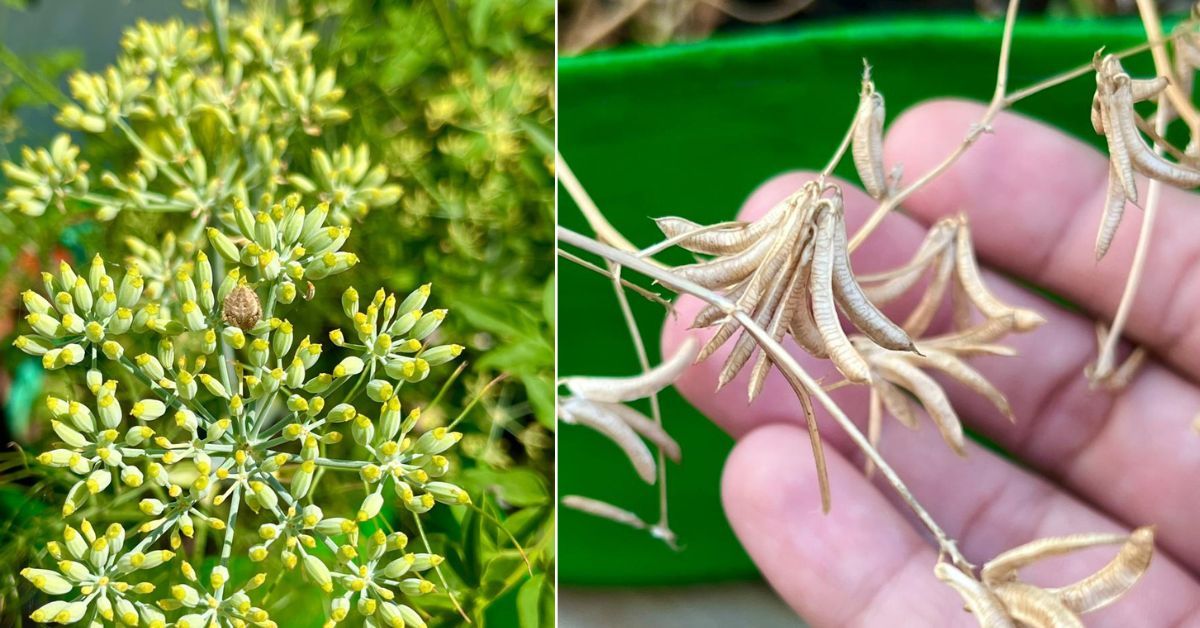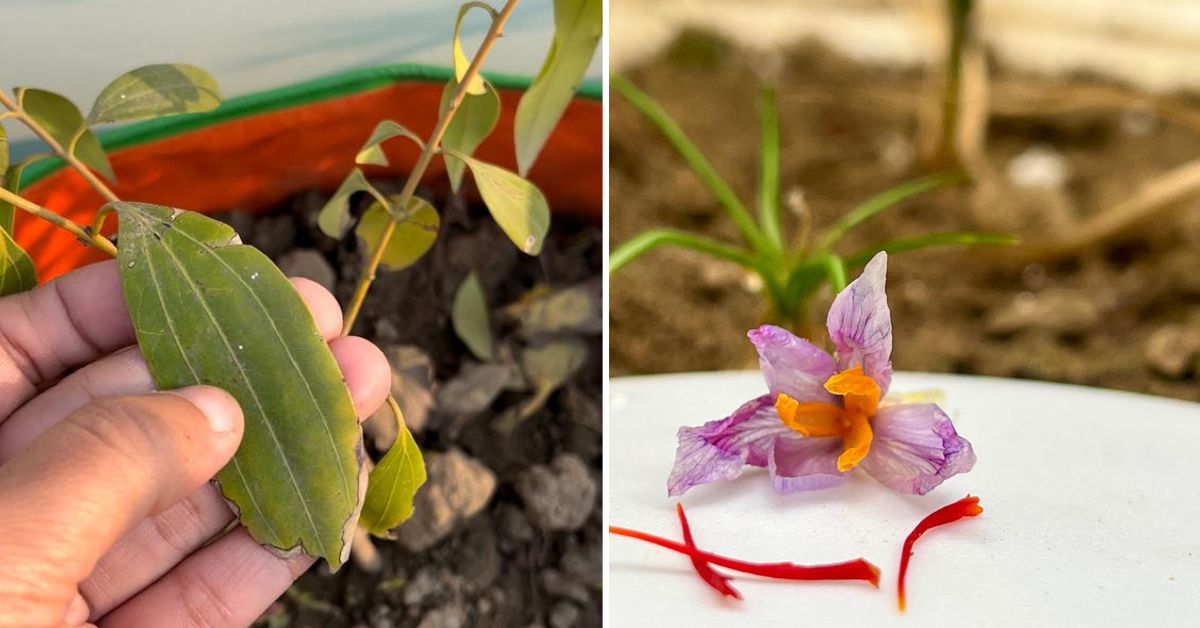
[ad_1]
Uttarakhand-based Dr Anshu Rathi shares her kitchen cupboard with homegrown Indian spices, akin to turmeric, black pepper, saffron, cloves, bay leaf, cardamom and extra. Right here’s how she grows them.
Positioned near the foothills of the Himalayas, Roorkee-based Dr Anshu Rathi’s kitchen smells heavenly. From cumin’s earthy aroma to refreshing fennel and pungent fenugreek seeds – her kitchen evokes the country allure of Indian spices.
“After I crush kasuri methi (dried fenugreek leaves) on my palms, it leaves a really robust and tantalising odor. My husband is in awe of the fennel tea that I make. It feels so refreshing and engaging because it doesn’t have any preservatives and hues,” Dr Anshu (36) tells The Higher India.
A health care provider by career, she has established a lavish backyard of as much as 400 crops of fruits, greens, herbs, and spices on her 1,500-square-foot terrace.
Together with medicinal herbs like ashwagandha, basil, and oregano, she grows 15 sorts of spices — together with turmeric, black pepper, saffron, cloves, nutmeg, fennel, fenugreek, bay leaf, cinnamon, asafoetida, allspice plant (kabab chini), chilli, coriander, nigella sativa plant (kalonji), and cardamom.
She shares how one can simply develop these Indian spices at dwelling, a few of which might be grown utilizing components obtainable within the kitchen.

Test the season and weather conditions
Dr Anshu says she will develop all of the listed spices owing to the beneficial tropical weather conditions of Uttarakhand. “India has a various local weather, so earlier than rising any spice, you need to test the temperature situations of your area,” she says.
“For instance, it is best to sow spices like coriander, black pepper, and cumin in winter between October and November whilst you can sow turmeric in Could and June,” she provides.
Know the germination interval
Dr Anshu advises newcomers to spend money on buying saplings from nurseries. “However if you wish to develop spices from seeds, soak them for germination. However this course of is required solely in huge seeds like cardamom and coriander. You may soak them in a single day earlier than sowing. This course of is just not required in small seeds like cumin, fennel, and mustard,” she provides.
Explaining additional, Dr Anshu says the germination interval varies as per spices. “As an example, fennel takes 7 to fifteen days, cumin takes 45 days, coriander seeds require 15 days, and fenugreek can germinate in simply three days,” she says.
“These seeds should be sown in small cups. After germination, switch the plant into huge pots of say 12 inches. Maintain it in a semi-shade for a few week after which place them below direct daylight,” she provides.
Take a look at the soil utilizing this DIY hack
Dr Anshu suggests a sandy soil to domesticate spices. Due to the geography of her metropolis, which is positioned between the rivers Ganges and Yamuna, she is blessed with a sandy porous soil. “So, I don’t require to hassle in regards to the soil composition. Nevertheless, for gardeners in different areas you might want to check your soil,” she advises.
For this, she recommends a DIY trick to check the soil consistency.
“Take a handful of soil, dampen it, and attempt to form it right into a laddu. In the event you can simply make laddu from the soil, it has a excessive clay content material. Combine 20 to 30 p.c of sand into the soil until it crumbles and falls aside. Moreover, additionally combine 20 to 30 p.c of cow dung compost and a handful of neem khali (cake) powder,” she explains.

Know when to fertilise the plant
“As we’ve already added cow dung compost and neem khali into the soil, there’s no have to fertilise the soil regularly. Proper earlier than 15 days of flowering season, add a handful of vermicompost within the pot,” she says.
Harvest spices on the proper time
Dr Anshu says totally different spices have diverse levels of flowering and manufacturing. “As an example, spices like cumin and coriander are prepared for harvest inside 5 months whereas black pepper takes two to a few years and cardamom takes 5 years,” she provides.
Today, she is stocking her kitchen cupboards with cumin, kalonji seeds, fenugreek, and fennel. Dr Anshu says these spices have a definite aroma in comparison with these obtainable out there.
“Using chemical compounds, dangerous fertilisers, colors, and components is a big concern in commercially packaged spices. With the following tips, you may develop your personal spices at dwelling and save your loved ones from the perils of poisonous spices,” she shares.
Edited by Pranita Bhat. All images: Dr Anshu Rathi.
[ad_2]